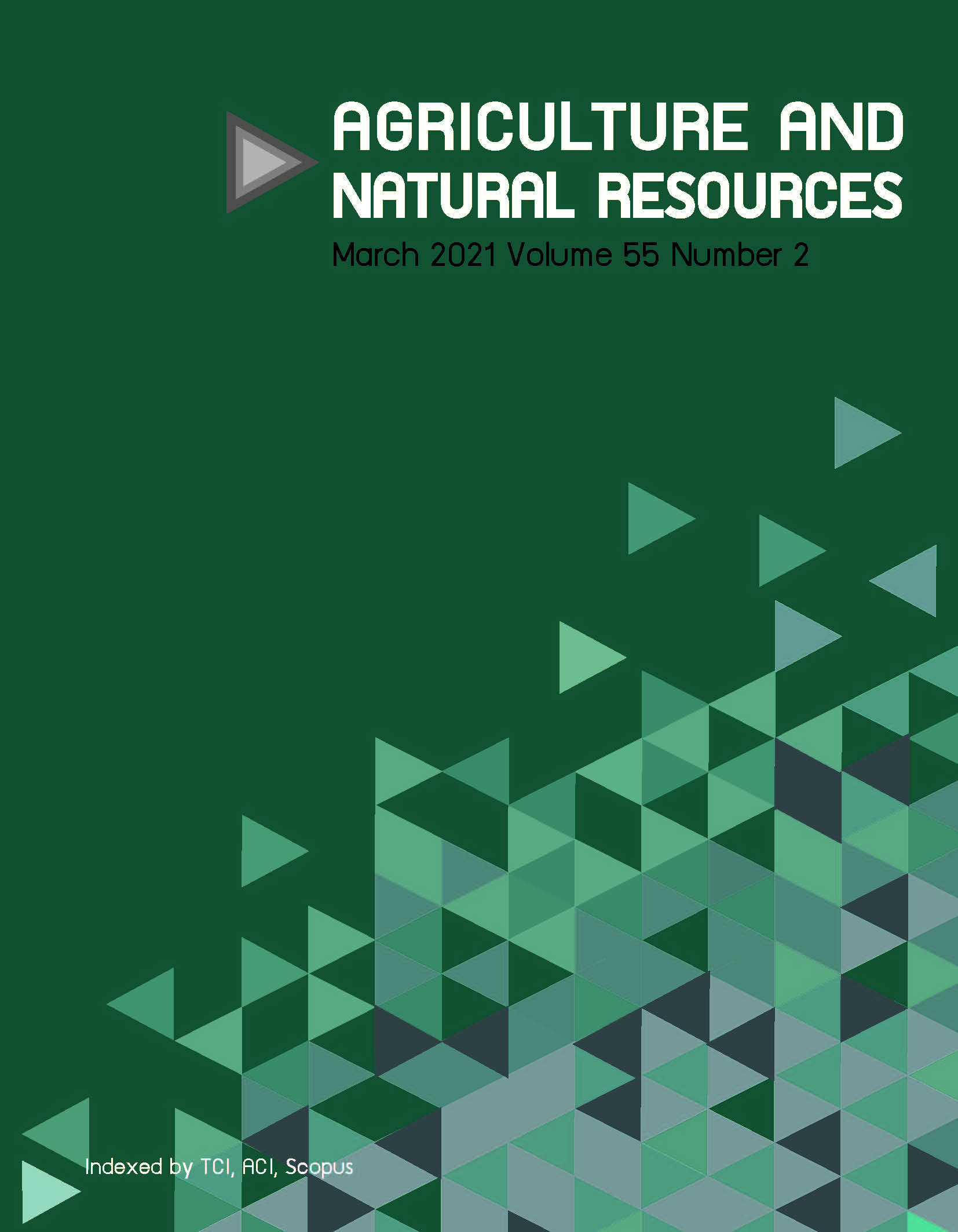Laboratory evaluation of novel long-lasting insecticidal nets on Aedes aegypti L., using a high-throughput screening system
Keywords:
Aedes aegypti, Contact irritancy, Novel long-lasting insecticidal nets, Spatial repellency, Toxicity responseAbstract
Vector-borne diseases, causing more than one million human deaths annually, account for more than 17% of all infectious diseases, especially malaria and dengue. Long-lasting insecticidal nets (LLINs) remain the mainstay of malaria vector control; however, the impact of LLINs on vector populations is unclear. In this study, the efficacy of LLINs was assessed under laboratory conditions against Aedes aegypti, using a high-throughput screening system (HITSS). Two different types of LLINs—LN A (candidate net) and LN B (reference net)—with unwashed and washed conditions were evaluated for three assays—contact irritancy assay, spatial repellency assay and toxicity response assay. The results showed that Ae. aegypti populations elicited a significant (p = 0.0022) escape response (contact irritancy) across all LLIN tests. Weak spatial repellency for all tests was observed. Aedes aegypti exposed to LN B (reference net) displayed a higher number of mosquito-escapees compared to LN A (candidate net). Washed LN B had a higher number escape (4.16±1.09 ‒ 5.83±1.32) than unwashed LN B (4.17±0.79 ‒ 5.33±1.38). Toxicity response was documented for all tested LLINs. The highest mortality was showed in washed LN B (100%). The results showed that two actions of LLINs were contact irritancy and toxicity.
Downloads
Published
How to Cite
Issue
Section
License

This work is licensed under a Creative Commons Attribution-NonCommercial-NoDerivatives 4.0 International License.
online 2452-316X print 2468-1458/Copyright © 2022. This is an open access article under the CC BY-NC-ND license (http://creativecommons.org/licenses/by-nc-nd/4.0/),
production and hosting by Kasetsart University of Research and Development Institute on behalf of Kasetsart University.







